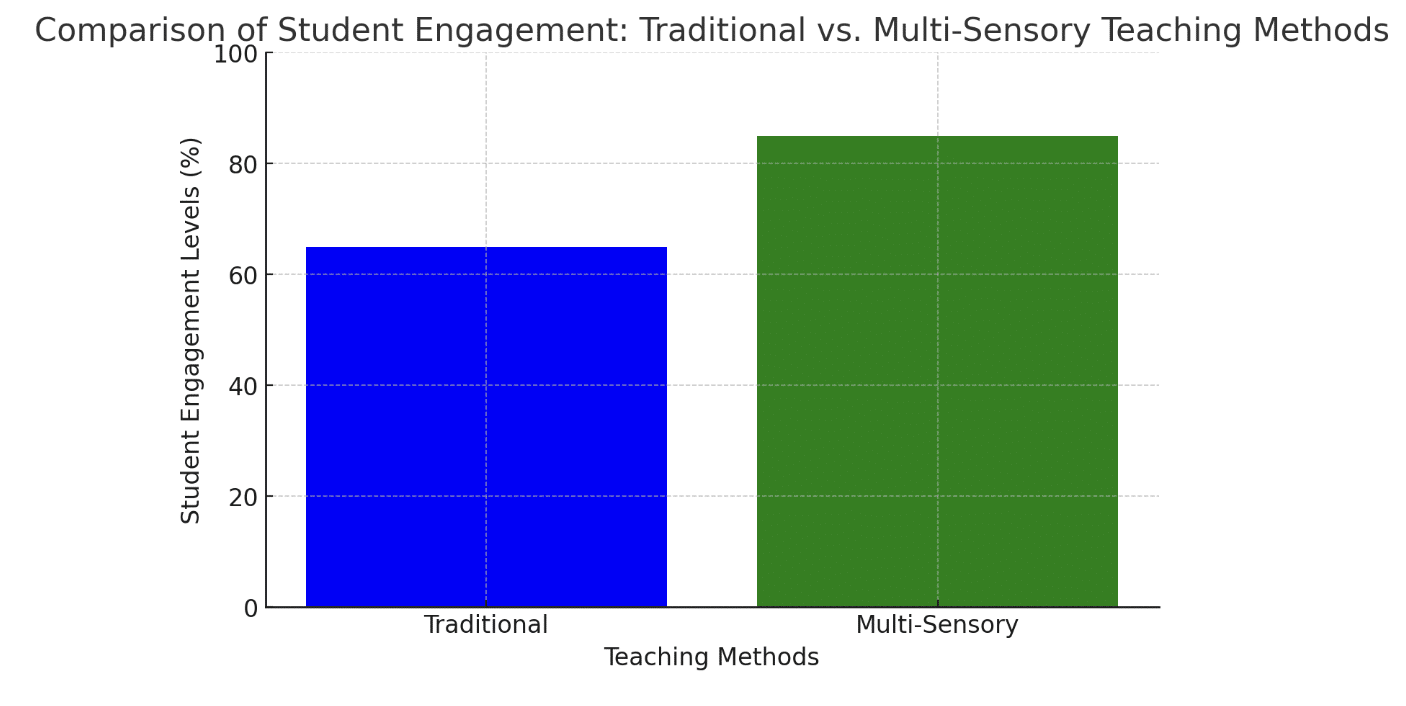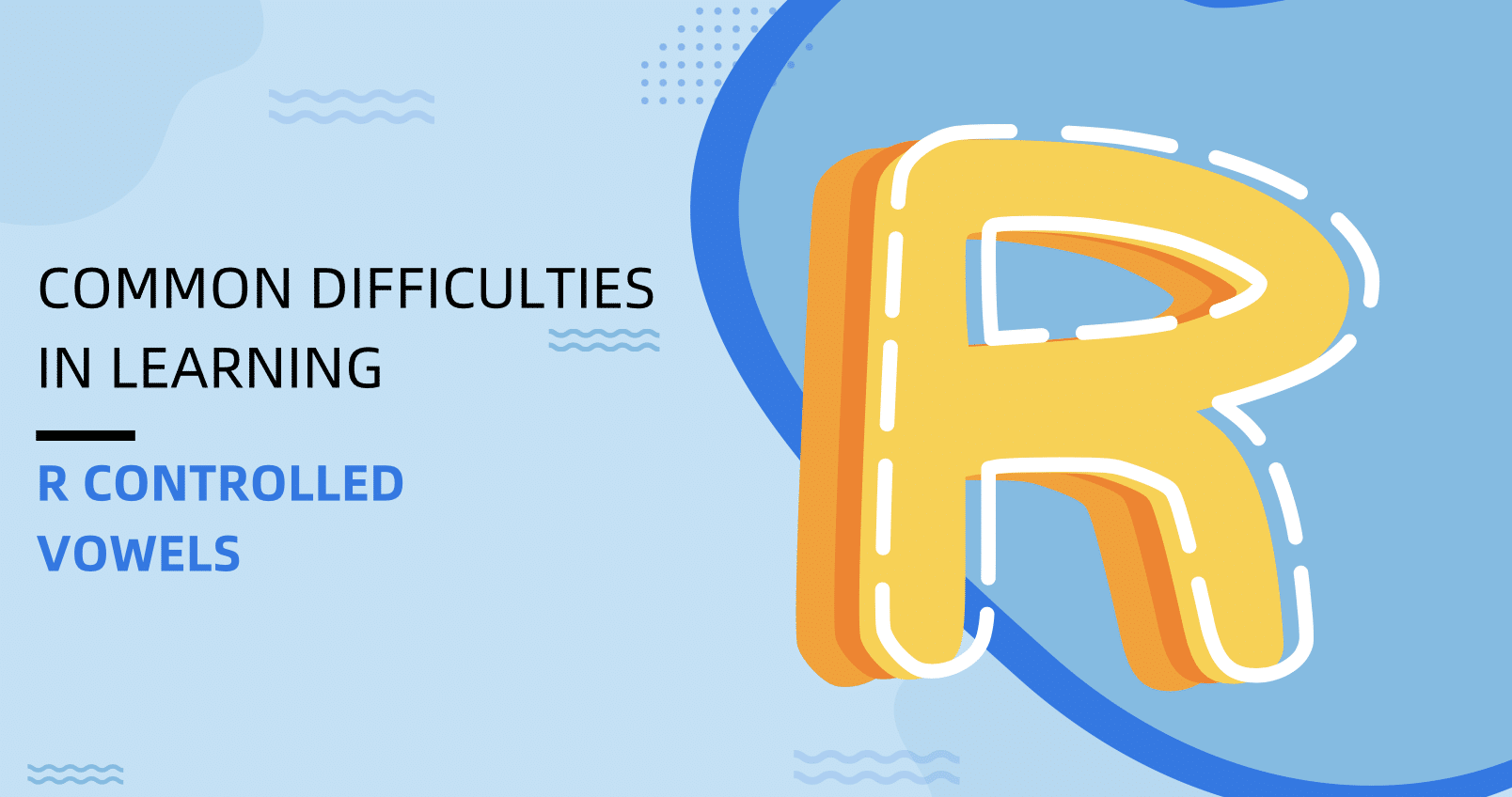Mastering the complexities of the English language can be challenging, especially regarding r-controlled words.
These unique vowel combinations often confuse students and seasoned readers, leading to frustration and difficulty in accurately reading and spelling.
Fortunately, understanding the linguistic patterns and rules governing r-controlled words can dramatically improve your reading and writing skills.
In this blog post, we’ll dive deep into the world of r-controlled words, exploring their sounds, spellings, and common exceptions.
We’ll also share practical teaching strategies and engaging activities to help students of all ages master these tricky vowel combinations.
Get ready to decode the mysteries of r-controlled words and take your English language skills to the next level!
R-controlled Vowel Sounds
| R-Controlled Vowel | American English Pronunciation | British English Pronunciation | Examples |
|---|---|---|---|
| ar | /ɑr/ | /ɑː/ | “car” (/kɑr/ vs. /kɑː/) |
| er | /ɜr/ | /ɜː/ | “herb” (/hɜrb/ vs. /hɜːb/) |
| ir | /ɪr/ | /ɜː/ | “bird” (/bɪrd/ vs. /bɜːd/) |
| or | /ɔr/ | /ɔː/ or /ɔ/ | “horse” (/hɔrs/ vs. /hɔːs/) |
| ur | /ʊr/ | /ɜː/ | “nurse” (/nʊrs/ vs. /nɜːs/) |
1. Understanding R-controlled Vowels
R-controlled vowels are sounds influenced by the letter ‘r’ immediately following them within the same syllable. The presence of the ‘r’ alters the pronunciation of the preceding vowel, resulting in a unique sound distinct from the vowel’s typical long or short sound.
2. Characteristics and Variations of R-controlled Vowels
The Five R-controlled Vowel Sounds
- ‘ar’ as in “car” and “star”
- ‘er’ as in “her” and “verb”
- ‘ir’ as in “bird” and “first”
- ‘or’ as in “word” and “thorn”
- ‘ur’ as in “burn” and “fur”
Commonalities and Differences
While all R-controlled vowels are influenced by the following ‘r’, each combination has a distinct sound. For example, ‘ar’ has a more open and elongated sound than ‘ir’ and ‘ur’, which have a shorter, more closed sound.
‘Or’ has a rounder, back vowel sound.
The Consonant ‘R’ and Its Influence on Vowel Sounds
The consonant ‘r’ is unique in its ability to change the pronunciation of the preceding vowel. When ‘r’ follows a vowel, it creates a gliding sound that connects the vowel to the ‘r’, resulting in a single, blended phoneme.
This phenomenon is known in linguistics as “R-colored” or “retroflex” vowels.
Linguistic Significance of R-controlled Vowels
1. Importance in Linguistic and Phonetic Studies
Understanding R-controlled vowels is essential for linguistic and phonetic studies as they represent a unique category of vowel sounds in the English language.
These sounds are crucial in distinguishing word meanings and determining accurate pronunciation, making them a significant aspect of English phonology.
2. Role in Differentiating Word Meanings
- Minimal pairs:
- “born” /bɔːrn/ vs. “barn” /bɑːrn/
- “her” /hɜːr/ vs. “hair” /heər/
- Homographs with different pronunciations:
- “tear” (to rip) /ter/ vs. “tear” (from the eye) /tɪər/
- “wind” (moving air) /wɪnd/ vs. “wind” (to turn) /waɪnd/
3. Dialectical Impact and Linguistic Implications
- Comparative analysis
- In American English, ‘or’ in “horse” is typically pronounced as /ɔːr/, while in British English, it is often /hɔːs/.
- The ‘r’ sound in R-controlled vowels is more pronounced in American and Irish English than in British English, which is often less prominent or silent.
- Linguistic implications
- Dialectical variations in R-controlled vowels can lead to misunderstandings or confusion among speakers from different regions.
- These variations also contribute to the richness and diversity of the English language, reflecting its historical and cultural development.
Examples of R-controlled Words
R-Controlled Vowel Examples Variations and Exceptions ar car, star, far, market, garden – er her, verb, fern, person, better In British English, words like “clerk” and “derby” are pronounced differently. ir bird, first, thirst, girl, confirm Words like “iron” and “fire” do not follow the typical ‘ir’ pronunciation pattern. or word, thorn, born, horse, morning In some American dialects, words like “born” and “horse” may be pronounced with a different sound. ur burn, fur, turn, curse, purse “Colonel” is an irregular word where the ‘o’ is pronounced differently, deviating from the usual ‘or’ sound. Methodologies for Teaching R-controlled Vowels
1. Initial Introduction
The Importance of Introducing ‘Bossy R’
‘Bossy R’ is a concept in English phonics that refers to the letter ‘r’ and its influence on the preceding vowel sound within the same syllable. Introducing ‘Bossy R’ is crucial for early learners as it helps them understand how the presence of ‘r’ changes the pronunciation of vowels, creating distinct R-controlled sounds.
Gradual Introduction Techniques
- Starting with Familiar Words
- Begin by introducing ‘Bossy R’ using common, high-frequency words that students already know, such as “car,” “her,” and “bird.”
- Gradually introduce less familiar words as students become more comfortable with the concept.
- Clear Explanations and Demonstrations
- Explain how ‘Bossy R’ works using simple, age-appropriate language, emphasizing the unique sounds created by the vowel-r combinations.
- Provide clear audio and visual examples of the R-controlled sounds to help students understand the difference between regular vowel sounds and those influenced by ‘r’.
Progression from Simple to Complex Sounds
- Sequence of Teaching R-controlled Sounds
- Start with the simplest R-controlled sound, ‘ar’, as it is the most distinctive and easily recognizable.
- Move on to ‘er’, ‘ir’, and ‘ur’, which have similar sounds and can be taught together.
- Finish with ‘or’, which has a more complex sound and may require additional practice.
- Building Foundational Skills
- This progression allows students to build a strong foundation in recognizing and producing R-controlled sounds.
- As students master each sound, they develop the skills to tackle more challenging R-controlled vowels and words.
2. Teaching Strategies
Overview of Effective Teaching Strategies
- Compare and Contrast
- Sound Substitution
- Visual and Mnemonic Aids
- Multi-sensory Games
These strategies help students recognize, distinguish, and produce R-controlled sounds accurately, improving their reading and spelling abilities.
Strategy Application
- Compare and Contrast
- Present pairs of words with and without ‘Bossy R’ (e.g., “cat” vs. “car,” “hen” vs. “her”) and discuss how the ‘r’ changes the vowel sound.
- Encourage students to identify and sort words based on the presence or absence of R-controlled vowels.
- Sound Substitution
- Provide a base word (e.g., “bat”) and have students substitute the vowel with an R-controlled vowel to create new words (e.g., “bat” → “bart,” “burt,” “bert”).
- This activity helps students understand how R-controlled vowels change word meanings and pronunciations.
Benefits and Outcomes
- Improved Phonemic Awareness
- These strategies help students understand the relationship between sounds and letters, especially in the context of R-controlled vowels.
- Research has shown that explicit phonics instruction, including teaching R-controlled vowels, enhances phonemic awareness and reading skills (National Reading Panel, 2000).
- Increased Student Engagement
- Using multi-sensory games and interactive activities to teach R-controlled vowels can increase student engagement and motivation.
- Engaged students are more likely to participate actively in lessons, leading to better retention and application of the learned concepts.
Common Difficulties in Learning R-Controlled Vowels
1. Major Learning Challenges
- Learning R-controlled vowels can be challenging for students due to the inconsistencies in spelling and pronunciation. While some R-controlled vowels, such as ‘ar’ and ‘or’, have relatively consistent pronunciations, others, like ‘er’, ‘ir’, and ‘ur’, can be more difficult to distinguish auditorily and visually. This can lead to spelling errors, such as writing “bird” as “berd” or “herd” as “hurd.”
- Dialectal differences can also pose challenges in learning R-controlled vowels. The pronunciation of these vowels can vary significantly across regions and linguistic backgrounds. For example, in some American dialects, the ‘er’ sound in words like “her” and “verb” may be pronounced more like “uh,” while in others, it may be closer to “air.” These variations can confuse students and make it harder for them to grasp the standard pronunciation of R-controlled vowels.
2. Specific Challenges and Examples
Some common misspellings and pronunciation errors are:
- “girl” → “gril” or “gurl”
- “word” → “werd” or “wurd”
- “burn” → “bern” or “born”
- “world” → “whirled” or “weld”
3. Impact on Learning and Academic Performance
- Difficulties in mastering R-controlled vowels can significantly impact overall reading proficiency and language development. Students who struggle with these vowel sounds may have trouble decoding words accurately, leading to slower reading rates and reduced comprehension. They may also struggle with spelling, affecting their writing skills and academic performance across various subjects.
- Research and Educational Reports Studies have documented students’ challenges in learning R-controlled vowels and their potential effects on their academic performance. For example:
- A study by Treiman et al. (2006) found that children often struggle spelling R-controlled vowels, particularly ‘er’, ‘ir’, and ‘ur’, due to their inconsistent pronunciations and spellings.
- A report by the National Reading Panel (2000) highlighted the importance of explicit, systematic phonics instruction, including the teaching of R-controlled vowels, in improving reading achievement.
Conclusion
In conclusion, understanding the intricacies of r-controlled words is essential for students to become proficient readers and writers.
By recognizing the unique characteristics of these vowel sounds and their challenges, educators can employ effective teaching strategies to help students master these tricky combinations.
Through systematic phonics instruction, engaging activities, and targeted interventions, students can overcome common difficulties and develop a strong foundation in reading and language skills.
As we continue to explore the linguistic significance of r-controlled vowels, it is crucial to support students in their journey to become confident and successful readers.
By equipping them with the tools and knowledge needed to decode these complex sounds, we empower them to unlock the full potential of the English language and open doors to a world of endless learning opportunities.
Frequently Asked Questions
What are the Five R-controlled Words?
The five R-controlled vowel sounds are ar, er, ir, or, and ur.
What is the R-controlled Vowel Trick?
The R-controlled vowel trick is to tap the vowel and r together as one sound when decoding words.


